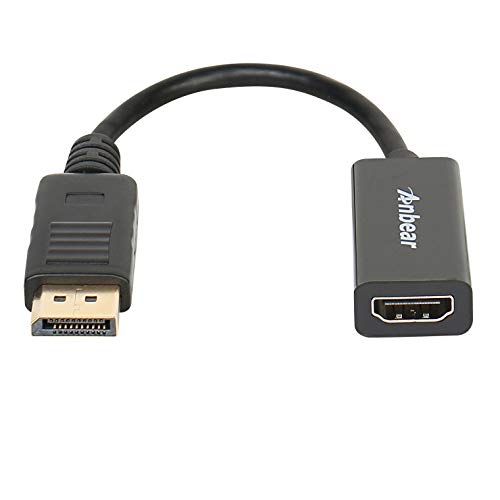Easy HDMI Port Checks: How to Tell If It’s Bad & Alternatives
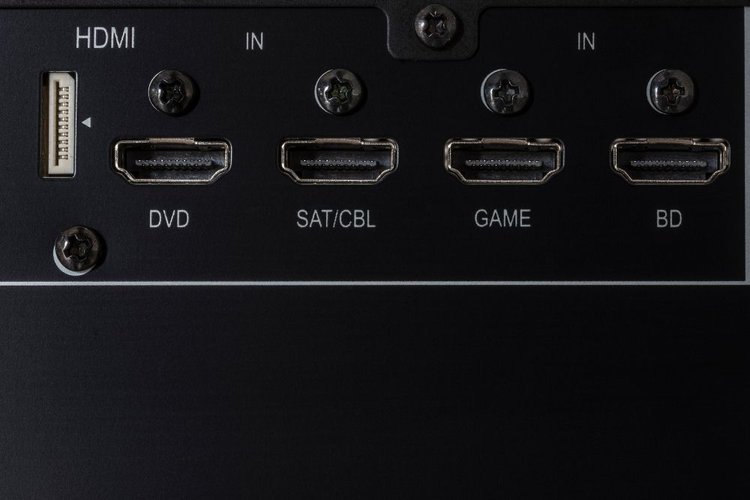
What To Know
- Identify HDMI port issues through symptoms like flickering pictures, bad resolution, and audio-video sync problems, but also consider other factors like cable condition and compatibility.
- Use a process of elimination to diagnose HDMI problems: restart the device, inspect and possibly replace the HDMI cable, and check for correct cable insertion and HDMI standard compliance.
- If HDMI port issues persist after troubleshooting cables and connections, consider that the port might be damaged and might need professional repair or use an adapter as a workaround.
This guide will navigate you through the common signs of HDMI port problems and offer practical solutions to get your setup back in action.
Stay tuned to uncover simple methods that can save you time and money.
Quick Navigation
- How Do I Know If My HDMI Port is Bad?
- The Process of Elimination
- Do a Device Reboot
- Assess the State of the HDMI Cable
- Ensure the Cable Meets the Required HDMI Standard
- Check Whether the Cables are Inserted Correctly
- Reduce the Distance Between Your HDMI Devices
- Check for the “HDMI Handshake”
- Check for Software and Firmware Updates
- Connect the HDMI Cable to Another Port
- Fixing a Bad HDMI Port
- How to prevent an HDMI port from going bad?
How Do I Know If My HDMI Port is Bad?
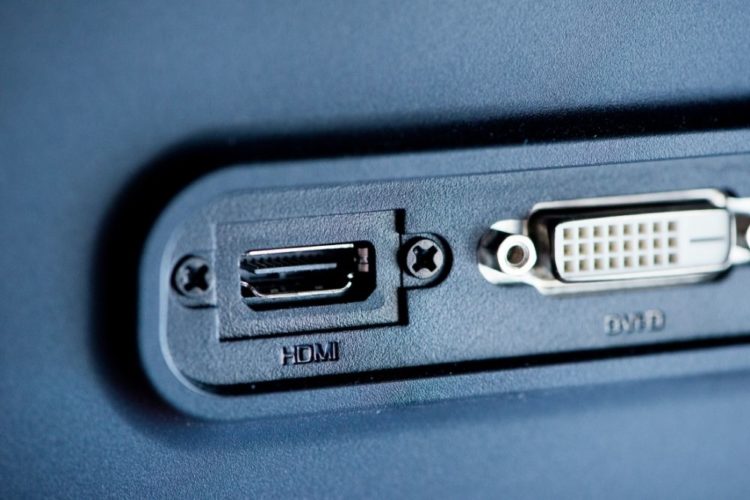
If the visuals on your output device (TV, laptop, monitor, etc.) are off or the audio is outright bad, do not fault the output device right away.
Maybe something extrinsic to it is not doing its job. The HDMI port, for instance, could be misbehaving.
When an HDMI port has gone rogue, it communicates that to you in the following ways:
- A flickering picture or blurry image.
- The picture fading in and/or out.
- Bad resolution or discoloration.
- Video lag or audio-video synchronization issues.
- No or fuzzy audio.
Kindly note, the above outcomes could have also been caused by other links in the HDMI connection chain.
In other words, an HDMI issue is not always the fault of the port. A bad or wrong HDMI cable, for instance, could have caused the issues mentioned above.
The Process of Elimination
Before attempting to fix the HDMI port, make sure all other possible HDMI fault causes are ruled out.
Do a Device Reboot
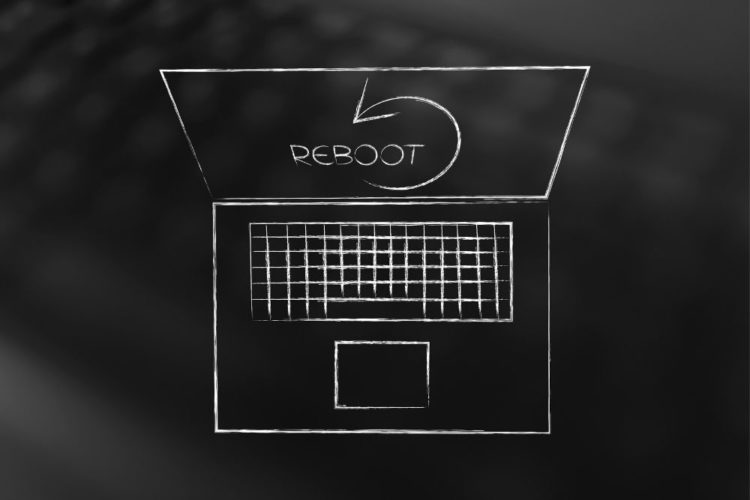
A restart may be all that’s needed to fix HDMI-related video and audio issues you have with your device.
If the basic restart doesn’t change anything, dig deeper.
Assess the State of the HDMI Cable
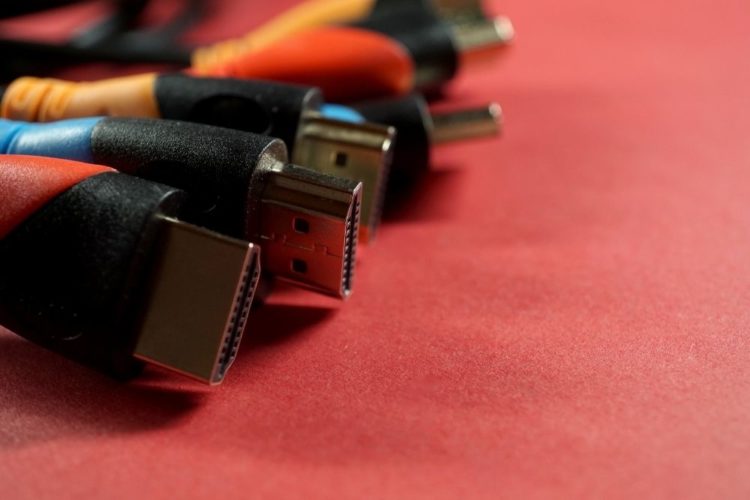
The HDMI cable you use may be in a bad or non-ideal physical state and could be causing fuzzy video or audio. Improper storage, bending or coiling, etc., may have damaged the cord.
If you have pets in the house, they could have chewed on the cord and caused the cable’s malfunctioning too.
If the cable has taken on a weird color, it’s a clear sign the cord is worn out or too old.
But a bad HDMI cable may not necessarily look so from the outside. Despite not showing visible kinks or blemishes, the internal connections could have been broken down.
Besides the actual cord itself, also check whether the cable’s connector jack is in good shape. If it’s bent, cracked, or distorted in any way, the HDMI signal won’t travel smoothly.
Check if a new cable helps address the low resolution and blurry picture concerns.
Ensure the Cable Meets the Required HDMI Standard
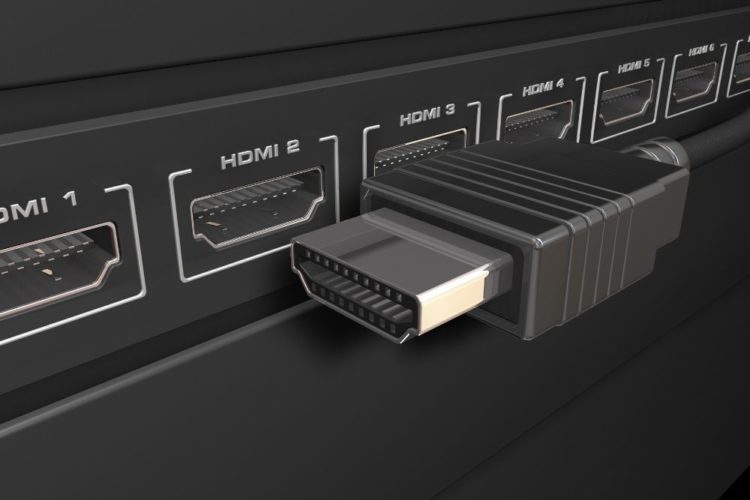
The HDMI cable you use must meet the HDMI standard warranted by your setup.
An HDMI 1.3 cable, for instance, would not support 4K output. To facilitate that, you’ll need HDMI 1.4 (or later) cable.
Do premium cables make a difference? The latest HDMI standards and HDMI cable prices do not correlate with each other whatsoever.
You can find a relatively inexpensive HDMI cable supporting the latest HDMI specification and a premium cable still stuck on the previous standard.
Budget-friendly cable examples include Tripp Lite High-Speed HDMI Cable and the Amazon Basics Premium-Certified Braided HDMI Cable .
The expensive cables charge a premium for their high-quality materials and construction — which provide better shielding to reduce electromagnetic interference and offer increased resistance to twisting and soldering.
Check Whether the Cables are Inserted Correctly
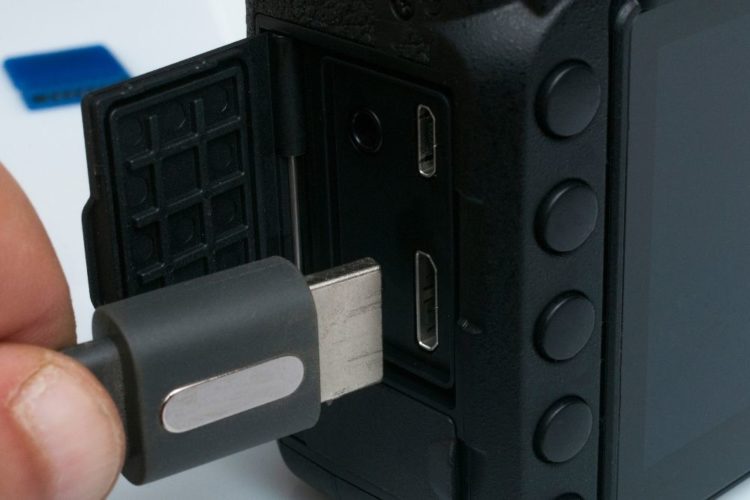
At times, you may have not plugged the cable into the port correctly. The cable must be fitted snugly at both ends (source and output devices).
Compared to a composite or component video connection, HDMI connections aren’t as tightly fit and tend to slip out.
Thankfully, HDMI cable locks such as the C2G HDMI Cable Lock come to the rescue.
Loose connections are usually a concern when the distance between the source and the display device is too long.
Reduce the Distance Between Your HDMI Devices
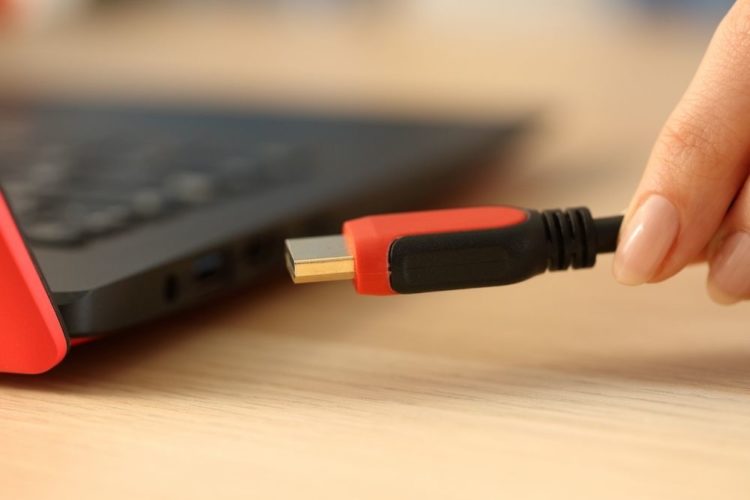
Generally, shorter HDMI cables are slightly more efficient at carrying the A/V signal than longer cables because travel time is a bit more with the lengthier cords, which increases the likelihood of the signal being subjected to the cable’s distortions and internal irregularities.
The ideal cable length is 10 meters (32 feet). For 2K and 4K resolutions, the cable should not be more than 3 meters (10 feet) long. For lower resolution outputs, lines stretching up to 15 meters (50 feet) would work.
If the distance is around 10 meters or longer, use an HDMI extender kit (such as this gofanco HDMI Extender ) or an HDMI repeater (like the Cable Matters HDMI to HDMI Repeater ).
If you don’t want to invest in a repeater or extender, bring the two HDMI devices closer and hook them up with a shorter, more robust cable.
Check for the “HDMI Handshake”
HDMI requires devices to have the license needed to talk to each other via a communication standard called HDCP to connect various audio and video devices.
HDCP (High-bandwidth Digital Content Protection), in a nutshell, is a digital copy safeguard. The technology protects unlicensed copying of HD video.
To learn more about HDCP and its functionality, watch this video:
The ability of the different devices to recognize and transmit media is called the “HDMI handshake”.
In its absence, the HDCP encryption rooted in the HDMI signal won’t be recognized by the linked hardware.
That means you won’t be able to play video games, watch movies, etc.
Check for Software and Firmware Updates
Chances are, the software or operating systems on your devices are not up-to-date — which could be the reason behind the “no-sound-and-picture” situation.
If the software on the connected devices is not the most recent, there could be a “handshake” disruption.
Also, look for firmware updates for your device online.
Firmware is essentially your hardware’s software code. Like a network card, optical drive, TV remote, etc., your HDMI-equipped device (laptop, smart TV, etc.) has built-in firmware that may not have been updated.
(Kindly note, your HDMI port has firmware, but you cannot update it. For instance, HDMI 1.4 cannot be updated to the 2.0 version through an OTA update.)
Connect the HDMI Cable to Another Port
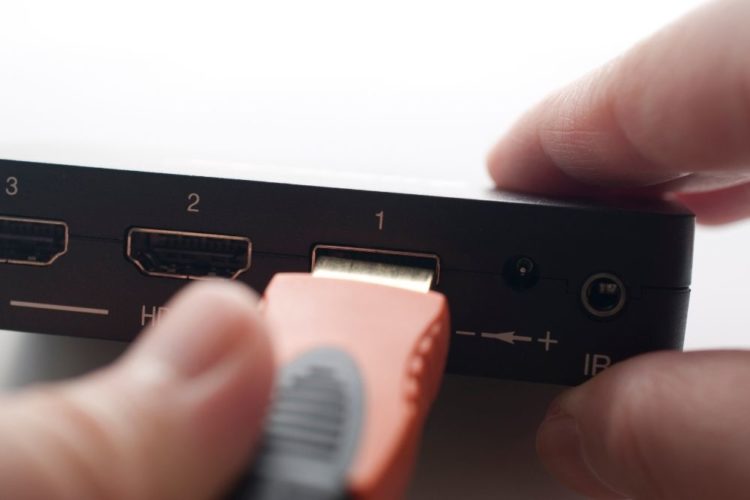
Before giving up on your HDMI cable, plug it into another HDMI port (on the same or another device).
If the HDMI signal goes through, your HDMI cable is fine, and the issue probably lies with the port or somewhere else.
If the signal is bad or there’s no sign of one, get a new cable. That may solve the problem.
Fixing a Bad HDMI Port
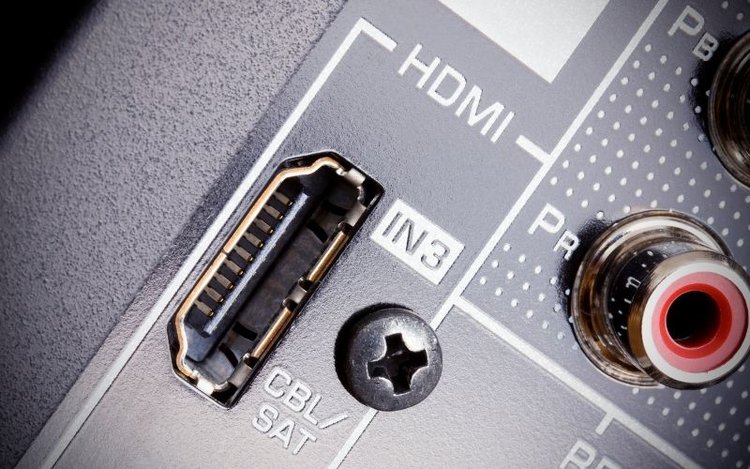
If the cable is fine and you’ve inserted it into the correct port properly, and a reboot is also not revamping its functionality, the port could be damaged.
Unfortunately, there’s no standard fix for a warped, damaged, or worn-down HDMI port. You can consider it pretty much totaled.
Even if there were one, it would be complicated and best done by a professional since the repair task would entail soldering tiny connections, which you may not be comfortable doing.
The last thing you would want is to waste your time wrecking the device.
Bypassing a Bad HDMI Port
If you need the HDMI functioning but do not have the budget to buy a replacement device, there is a workaround: Get an adapter!
HDMI adapters work with a range of ports, including USB, VGA, and DisplayPort. Here are our adapter recommendations for the different ports:
(Paid Link.)
How to prevent an HDMI port from going bad?
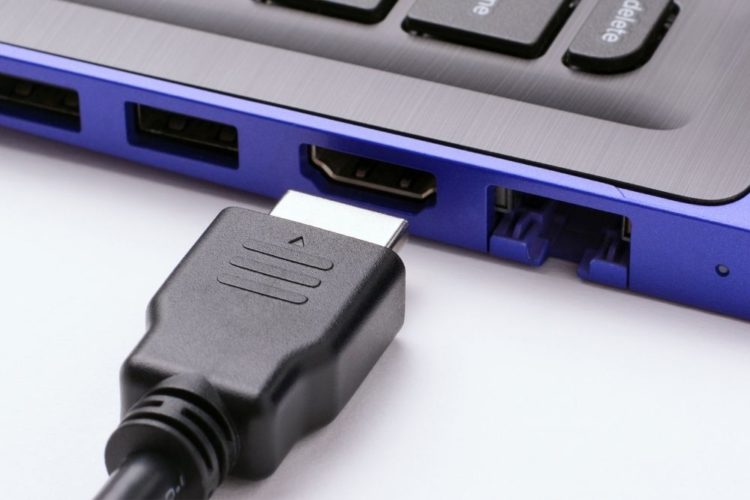
The best way to prevent an HDMI port from getting damaged is not using the port. Don’t look so confused — that’s a joke.
If you are concerned about your device’s HDMI port failing or you want it in immaculate condition for as long as possible, use an HDMI extension cable, such as this LANMU 1-Feet HDMI Extension Cable .
The cable can stay plugged into the HDMI port of your device indefinitely. The relatively short cable length means you can nicely tuck it away behind your TV or some other device.
The cord that connects to the source device will plug into the HDMI connector or the female jack of the 1-foot cable.
If the frequent insertion and withdrawal damage the port, you can always buy a replacement cable. This way, the original HDMI port would remain in pristine condition for a long time.
Even if keeping the short cable plugged in is not the most practical thing to do, having one in place would undoubtedly reduce the number of times you take the HDMI cable out and place it back in.
But an even better solution is a port saver.
This Monoprice Male to Female HDMI Port Saver , for instance, eliminates the cord. If you don’t mind some cable lying in between the male and female connector, the Monoprice 28AWG 8-Inch Port Saver would be ideal.
Catherine Tramell has been covering technology as a freelance writer for over a decade. She has been writing for Pointer Clicker for over a year, further expanding her expertise as a tech columnist. Catherine likes spending time with her family and friends and her pastimes are reading books and news articles.




